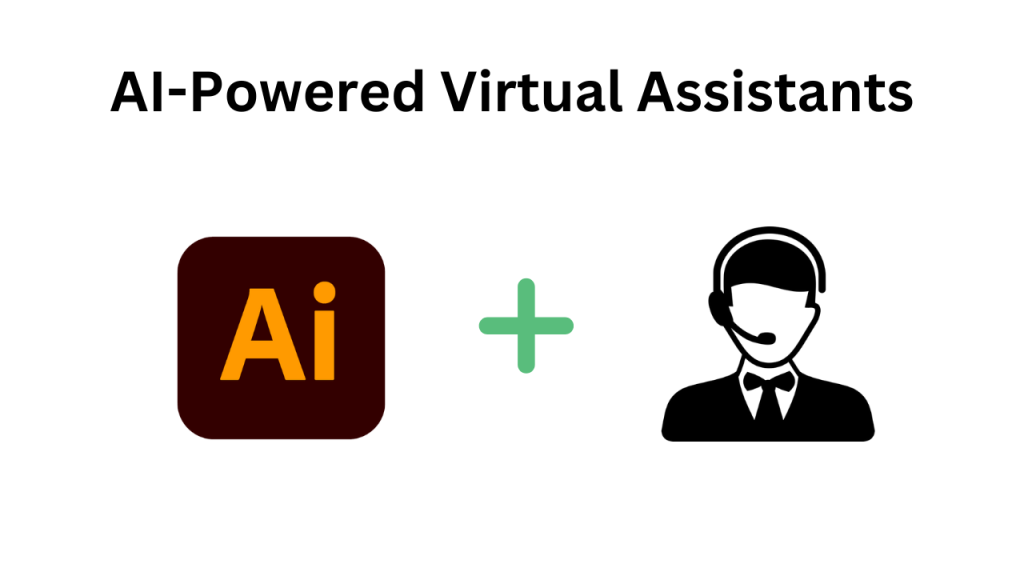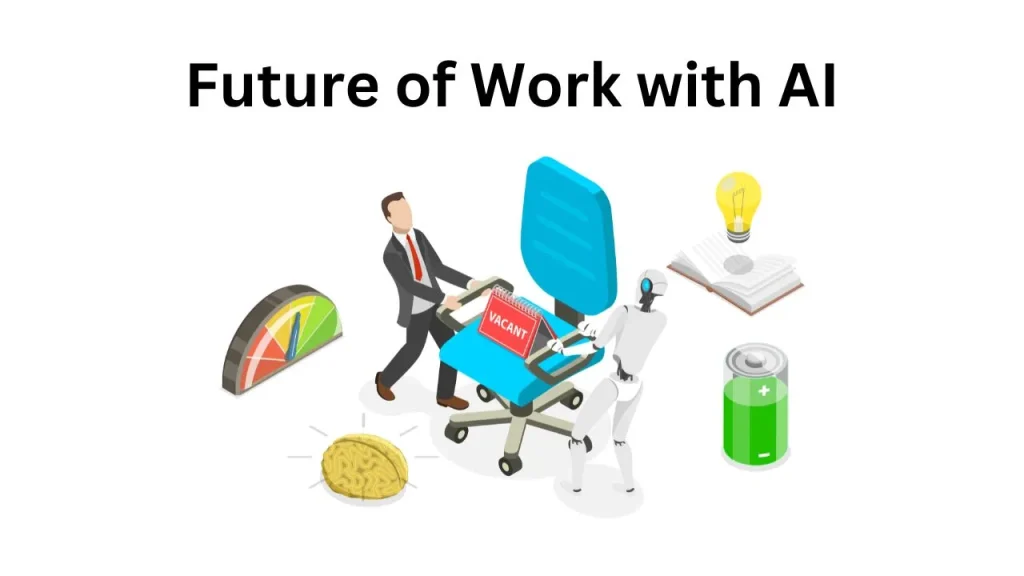Imagine having a personal assistant who is available 24/7, never takes a day off, and can handle a wide range of tasks with ease. Sounds like something out of a sci-fi movie, right? Well, thanks to the rapid advancements in artificial intelligence, this is now a reality! AI-powered virtual assistants are here, and they are transforming the way we live, work, and interact with technology.
From setting reminders and sending messages to controlling smart home devices and providing customer support, AI-powered virtual assistants have become an integral part of our daily lives. They are not just gadgets or software; they are becoming our dependable partners, making our lives easier and more efficient. In this article, we’ll dive deep into the latest innovations in AI-powered virtual assistants and explore how they are reshaping the future.

So, get ready to embark on an exciting journey through the world of AI! We’ll explore the cutting-edge advancements in natural language processing, contextual understanding, emotion detection, multi-language support, and even how these virtual assistants are making their way into wearable devices. Let’s see how these smart helpers are changing the game and what the future holds for them.
Latest Innovations
AI-powered virtual assistants have evolved tremendously over the past few years. No longer limited to simple tasks, they can now perform complex functions such as booking appointments, making restaurant reservations, and even handling online shopping. Companies like Google, Amazon, Apple, and Microsoft are at the forefront, continuously updating their virtual assistants to make them smarter and more versatile.
These advancements mean that AI-powered virtual assistants are becoming indispensable in our daily routines. Whether it’s managing your schedule, controlling smart home devices, or finding information online, these assistants are making our lives more convenient and efficient. The latest innovations are paving the way for a future where virtual assistants will be an essential part of our everyday lives.
Advancements in NLP
Natural Language Processing (NLP) is the technology that allows AI-powered virtual assistants to understand and respond to human language. Recent advancements in NLP have significantly improved the accuracy and efficiency of these assistants. They can now comprehend complex sentences, understand context, and even recognize slang and colloquialisms.
This leap in NLP technology has made interactions with virtual assistants smoother and more intuitive. Gone are the days of frustration when the assistant couldn’t understand your request. Now, you can have more natural and human-like conversations with your virtual assistant, making it a more enjoyable experience.
Contextual Understanding Improvements
One of the most impressive advancements in AI-powered virtual assistants is their improved contextual understanding. This means they can remember previous interactions and use that information to provide better responses. For instance, if you ask your assistant about the weather and then follow up with a question about what to wear, it will understand the context and provide relevant advice.
This ability to understand context makes conversations with virtual assistants feel more natural and seamless. It also enhances the personalization of the information provided, making the assistant more useful in everyday situations. Improved contextual understanding is a game-changer in making virtual assistants more human-like and effective.
Emotion Detection and Response
Emotion detection and response is an exciting development in AI-powered virtual assistants. Using advanced algorithms, these assistants can analyze the tone of your voice or the words you use to determine your emotional state. If you sound upset or stressed, the assistant might respond in a more soothing tone or offer helpful suggestions.
This emotional intelligence can make interactions with virtual assistants more supportive and empathetic. It’s not just about getting tasks done; it’s about creating a better user experience by understanding and responding to your emotions. This feature is making virtual assistants more relatable and human-like. Also check out this article by ‘Wired’ on ai assistants
Multi-Language Support
As AI-powered virtual assistants continue to evolve, multi-language support has become a critical feature. Major virtual assistants now support dozens of languages, making them accessible to people from different linguistic backgrounds. This inclusivity is essential in our globalized world, where language barriers can often hinder communication.
Multi-language support allows AI-powered virtual assistants to bridge these barriers, enabling smoother and more efficient interactions across different languages. Whether you’re traveling, working in a multicultural environment, or simply trying to learn a new language, these assistants can be invaluable tools.
AI in Wearables
AI-powered virtual assistants are not just limited to smartphones and smart speakers; they are also making their way into wearable devices like smartwatches and fitness trackers. These wearables provide real-time assistance, making it even more convenient to use AI-powered virtual assistants on the go.
With a smartwatch, for instance, you can set reminders, send messages, or get directions without having to take out your phone. This seamless integration of AI in wearables ensures that you can stay connected and access information no matter where you are, making your life even more convenient.
FAQs
What are AI-powered virtual assistants?
AI-powered virtual assistants are software programs that use artificial intelligence to perform tasks and provide information based on user commands. They can help with various tasks, such as setting reminders, sending messages, and controlling smart home devices.
How do AI-powered virtual assistants understand what I say?
AI-powered virtual assistants use a technology called Natural Language Processing (NLP) to understand and respond to human language. NLP allows them to comprehend complex sentences, understand context, and even recognize slang.
Can AI-powered virtual assistants understand different languages?
Yes, many AI-powered virtual assistants support multiple languages. This feature allows them to cater to users from different linguistic backgrounds and helps bridge language barriers.
How do AI-powered virtual assistants detect emotions?
AI-powered virtual assistants use advanced algorithms to analyze the tone of your voice or the words you use. This analysis helps them determine your emotional state and respond accordingly, providing a more empathetic user experience.
Are AI-powered virtual assistants available on wearable devices?
Yes, AI-powered virtual assistants are now integrated into wearable devices like smartwatches and fitness trackers. This integration allows for real-time assistance, making it even more convenient to use these assistants on the go.
In conclusion, the rise of AI-powered virtual assistants is revolutionizing the way we interact with technology. With the latest innovations, advancements in NLP, improved contextual understanding, emotion detection and response, multi-language support, and integration in wearables, these virtual assistants are becoming essential in our daily lives. As technology continues to advance, AI-powered virtual assistants will undoubtedly become even more capable and helpful, making our lives easier and more efficient.

